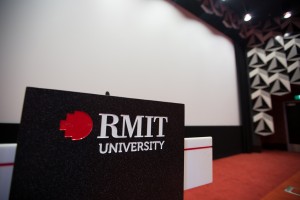An antibacterial fabric, which has the ability to completely eradicate two of the most infectious and lethal pathogens known to man — E. coli and Staphylococcus aureus — in just ten minutes, has been developed by researchers from the Royal Melbourne Institute of Technology (RMIT) in collaboration with the Commonwealth Scientific and Industrial Research Organisation (CSIRO).

According to the press release by RMIT, this revolutionary discovery has the potential to completely change the way the medical industry handles infection control, since it prevents the disease-causing bacteria to stick around and grow.
“There is potential for special bedding, linens and surgical aprons on which bugs and bacteria do not grow, so we can maintain an infection-free environment in our healthcare settings,” said Associate Professor Vipul Bansal from RMIT University’s School of Applied Sciences, who leads the NanoBiotechnology Research Laboratory team.
“We may also have dressings and Band-Aids that can kill bacteria in the wound, resulting in faster healing. These will all have a major impact on the cost of the Australian healthcare system.”
Professor Bansal further added that the fabric that utilises the antibacterial properties of silver and creates an infection — and odour-free environment will have a wide range of crucial environmental and clinical applications — from sporting gear to clothing and uniforms.
“Silver metal — when it comes into contact with body fluids — releases silver ions and these ions are actually toxic and have anti-microbial and antibacterial properties. Instead of using silver metals, we developed new material called silver TCNQ which releases these silver ions quite slowly so the antibacterial effect is long-term,” said Professor Bansal.
“The new material is suited to use as a fabric coating and its potency has been found to survive multiple washes. We have shown that we can do up to one metre in one go with this simple immersion process. We also took one of our old used T-shirts… dipped it into solution and the whole T-shirt became this material so it is quite an efficient process.”
An article on the Financial Express reveals that the fabric cannot be used for T-shirts and clothing until more testing is conducted and it is proven that it has no negative effects on human cells.
The results of the conducted research were published in the prestigious journal Advanced Functional Materials and featured on the journal’s cover.




















